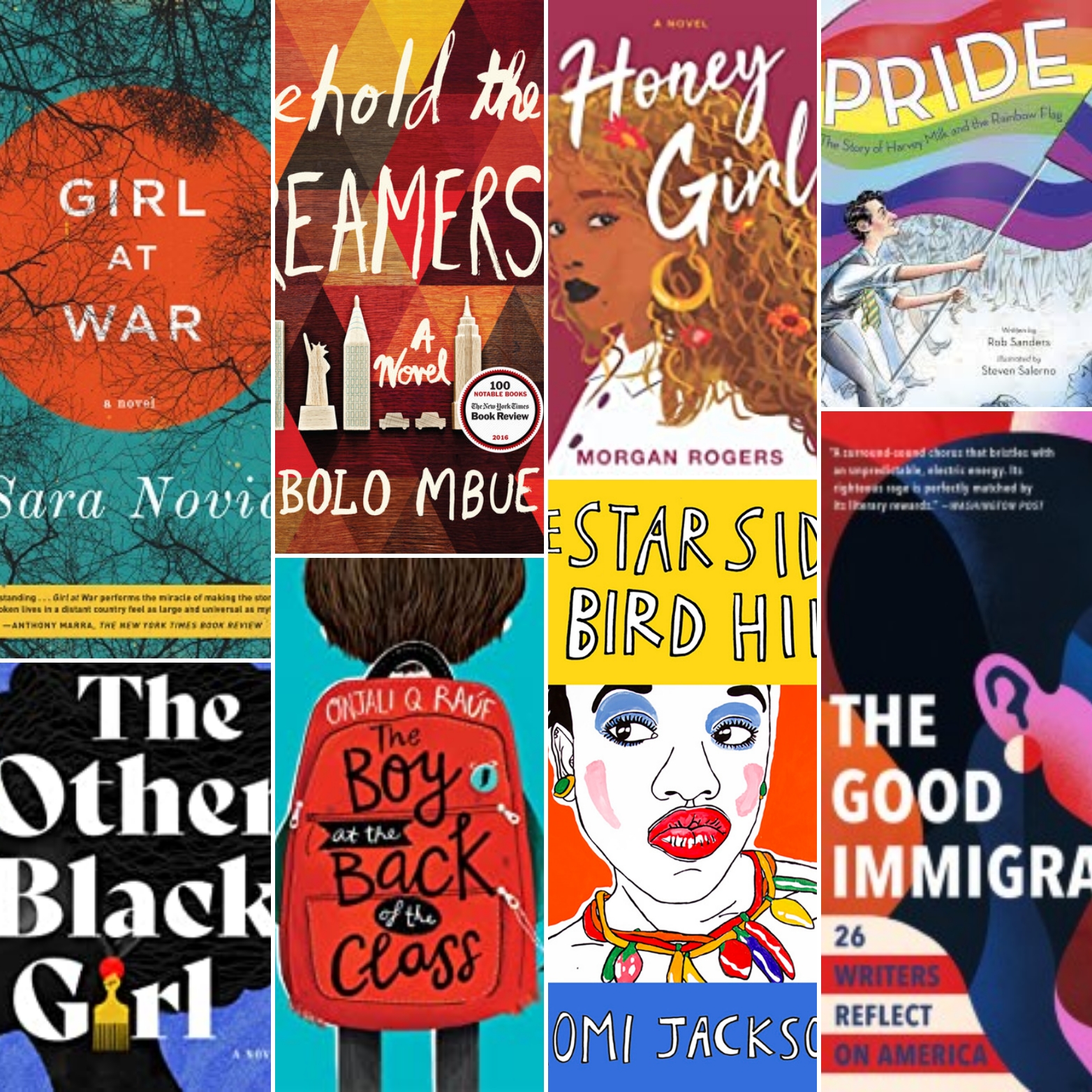By Francesca Ionescu
As we, readers, have become more socially aware, our standards for what we read have changed. A book could be brilliant, but if it ignores the diverse world we live in, it raises the question whether we should pressure authors into being more aware of their writing and their audience.
Diversity needs to come naturally. A huge issue lately in media seems to be producers and writers taking beloved characters and simply adding some sort of element to make them diverse. People of colours, LGBTQ+ people and disabled people deserve their own stories. The next James Bond does not have to be black, or be a woman, simply to be able to sell more. Black people deserve a black iconic character, not just a black version of a decades old character. Writers need to be held to the same scrutiny, so they can create new ideas and keep their writing original, with diversity threaded through rather than thrown in for the sake of publicity.
But not all authors can write diversity well. The pressure working does not mean marginalised groups get good representation. They simply get characters that are vaguely LGBTQ+ or ÔÇÿimplied’ to be a racial minority, or even bordering on being a stereotype. One example is Sarah J Maas, author of the A Court of Thorns and Roses series. The fantasy series, loosely based on the Beauty and the Beast, focuses on Feyre, a mortal who ends up tangled in the faerie world through the relationship with Tamlin and his ÔÇÿcourt’ of Faeries and other creatures. Her first novel received some criticism for its lack of representation so the second novel, A Court of Mist and Fury, suddenly made the new love interest somewhat racially ambiguous as well as introducing an LGBTQ+ character. The issue was that the character was never described as ÔÇÿtan’ and ÔÇÿdark’ before the backlash, and despite the lack of diversity being an issue the sequel did not actually add any main characters as representation for POC- instead they slightly tanned one of the main characters.
The same book sees the introduction of an LGBTQ+ character, whose only contribution to the story is multiple pages of a coming out monologue. The monologue is sudden, and it does not change the character dynamic at all, as well as not relating at all to the rest of this character. This is similar to JK Rowling’s ÔÇÿgay’ representation, where Albus Dumbledore was revealed to have been homosexual throughout the whole series. The reveal was only done once the series ended, so the effect is lost. The readership doesn’t truly read about a character going through their experiences, they cannot immerse themselves in this character and imagine what their life would be like in these magical worlds. They read about characters, whose lives are lived in a hetero-normative world, where their sexuality has no effect on their life experiences. They simply read far enough that the character’s sexuality is dropped in for shock value, ending up not allowing the readers to comfortably relate.
Authors write about what they know. Sally Rooney got criticism because her main characters were all white, skinny, rich girls living in Dublin. But a look at Rooney’s characters in comparison to not only her own look but also her own life suggests that she is simply writing a fictionalised version of her and her peers experiences. A great example of diversity which feels natural and impacts its characters is Queenie, by Candace Owens. The book follows Queenie, a black plus-sized young woman living in London and navigating her trauma as well as her approach to relationships. The main cast is diverse, and their experiences, as well as Queenie’s reflect that. Her life does not exist in a social vacuum, and yet the racial and ethnical representation is not meant to be shocking or controversial- it is natural but significant.
The question of pushing diversity should be less about making white, abled, heterosexual authors write people that don’t look, and act like them. It should be redirected to supporting people of colour to write their own stories, to support disabled authors offering humane stories of disabled characters and more LGBTQ+ stories written by people from the community. Pushing authors that have never written diversity to do so just ends up with stereotyping and bad representation, so we should focus more on authors who don’t start writing thinking about how include representation, but who just write real characters, naturally diverse through their plot and description.



